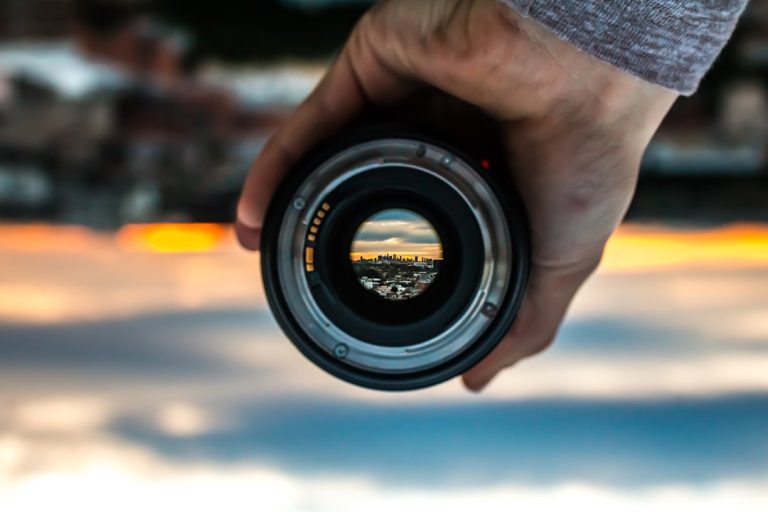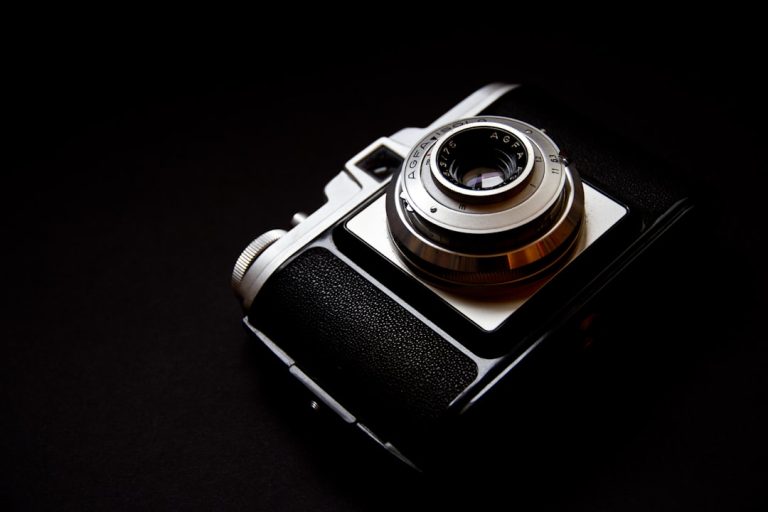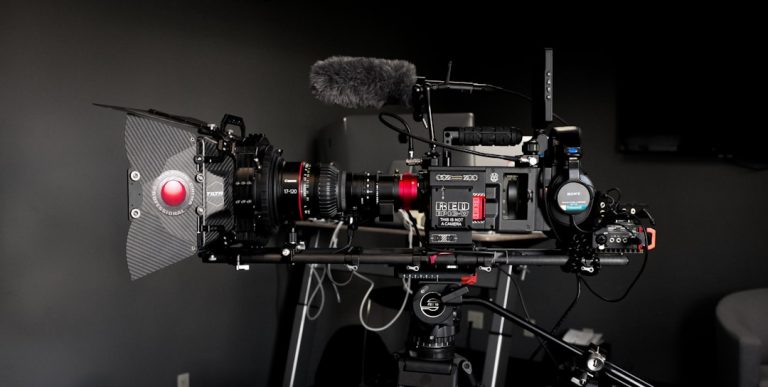In the world of photography, sustainability has become an increasingly important consideration for many photographers who are looking to reduce their environmental footprint while still pursuing their passion. Eco-friendly photography gear blends the love for capturing stunning images with a commitment to protecting the planet. As photographers become more aware of the impact their tools and practices have on the environment, there is a growing interest in adopting sustainable alternatives that align with both creativity and eco-consciousness.
One of the first steps toward eco-friendly photography is evaluating the materials and construction of the gear itself. Traditional camera equipment can be made from plastic and other non-biodegradable materials that contribute to pollution. However, there are now a variety of eco-conscious options available. For example, some brands are designing camera bodies, tripods, and accessories using recycled metals and plastics, which help to reduce waste and conserve resources. Additionally, biodegradable or recyclable packaging is becoming more common in the photography industry, ensuring that even the smallest details are considered when it comes to sustainability.
Another important aspect of eco-friendly photography gear is the energy consumption associated with it. Many photographers rely on rechargeable batteries for their cameras and flashes, reducing the need for disposable batteries that end up in landfills. Solar-powered chargers and battery packs are also gaining popularity, providing a sustainable way to keep your gear powered up while on location. These renewable energy options not only reduce environmental impact but also provide a cost-effective solution for photographers who spend long hours shooting outdoors.
In addition to the physical gear, the way we use photography tools plays a significant role in sustainability. Digital photography offers an opportunity to reduce waste compared to traditional film photography, which requires chemicals, film rolls, and processing that can contribute to environmental degradation. By embracing digital photography, photographers can significantly decrease their reliance on chemical processes and minimize their environmental impact. Editing photos digitally also eliminates the need for physical prints, which can reduce paper and ink waste when done sustainably.
Eco-friendly photography also extends beyond the gear itself and into the practices that photographers adopt on a daily basis. Traveling for shoots can leave a significant carbon footprint, especially when flying long distances or driving for hours to reach remote locations. Many photographers are now opting to reduce their carbon footprint by choosing more eco-friendly modes of transportation, such as taking trains or carpooling. Others are exploring local and sustainable shooting locations that don’t require long journeys or excessive resources to reach, helping to minimize the environmental impact of travel.
Furthermore, photographers who are committed to sustainability often choose to print their work using eco-friendly materials. Recycled paper, non-toxic inks, and sustainable print practices are becoming more widely available, allowing photographers to showcase their work while supporting green initiatives. Many professional labs now offer environmentally responsible printing options, allowing photographers to print high-quality images without compromising their environmental values.
Incorporating sustainability into photography isn’t just about the tools or practices you use—it’s also about how you approach your creative process. Choosing subjects and locations that highlight environmental beauty or raise awareness of climate issues can be a powerful way to use your art for good. Many photographers are now focusing on capturing the beauty of nature, wildlife, and conservation efforts, aiming to inspire others to care about and protect the planet. By using photography as a platform to share stories of sustainability, photographers can advocate for change and encourage others to embrace eco-conscious practices.
Ultimately, eco-friendly photography gear allows photographers to merge their passion for capturing beautiful images with a commitment to sustainability. Whether it’s through the thoughtful selection of materials, reducing energy consumption, or adopting greener practices in their workflow, photographers have the power to minimize their environmental impact while still creating compelling and meaningful work. By combining creativity with eco-consciousness, photographers can not only capture the world’s beauty but also help preserve it for future generations to enjoy.




